Monthly Messier Marathon: January
TARGETS. Happy New Year! To celebrate I’m kicking off a challenge: let’s observe the entire Messier Catalog in 2025 – that's just 8-10 objects per month, and way more fun than a typical resolution!
As we get into astronomy, targets beginning with the letter ‘M’ – like the Orion Nebula (M42) and the Andromeda Galaxy (M31) – are often among the first we become acquainted with in the night sky. That makes sense as Charles Messier, who compiled this list, was working in 18th century France with very early telescopes, and these were the things that stood out to him and the handful of other Northern Hemisphere astronomers who also contributed discoveries (for more on the origins of the Messier Catalog check out The Crab Nebula, Messier’s First Object).
Visual amateur astronomers have a ritual called the ‘Messier Marathon’. Usually attempted at lower northern latitudes in the narrow window from mid-March to early April when all objects should be visible at some point during the same night, this is usually a sprint from twilight to dawn. Now I’ve never tried it, but with around 12 available hours to cover 110 objects – which works out to roughly 6.5 minutes each – it sounds fun but also… I mean… exhausting (for starters, when do you get to pee?)
With such vital questions swirling in my mind, I resolved to devise a different type of Messier Marathon: one for those of us with less steely bladders (and reasonable bedtimes). Why not 12 months instead of 12 hours? Now that’s more like it! Thus was born the Monthly Messier Marathon series. 12 months of celestial goodness, served up at the stately pace of 9-10 targets per month. Time enough to savor each delicious one.
So without further ado, let’s get this marathon started: here come January’s targets!
Note: for each target below I’ve included the best publicly available image I could find to the left (most of them from the Hubble Space Telescope). To the right I’ll be adding my own images, taken with my Seestar S50, throughout the month. Also: to be able to look at the whole Messier Catalog you’ll need to be located at or below around 50 degrees north latitude – that’s roughly as far north as Frankfurt, Germany, or Winnipeg, Canada. If you’re at a higher latitude, no worries: you can still see many, just maybe not all!
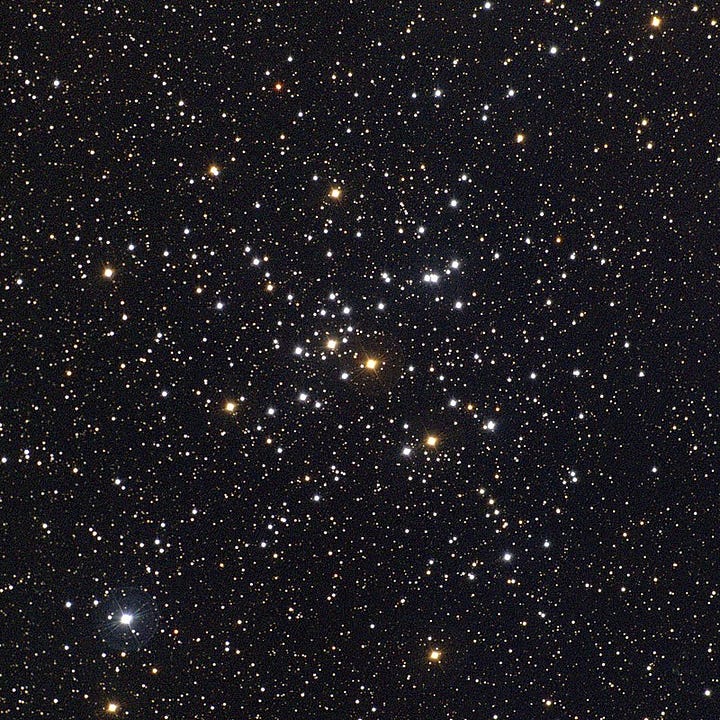
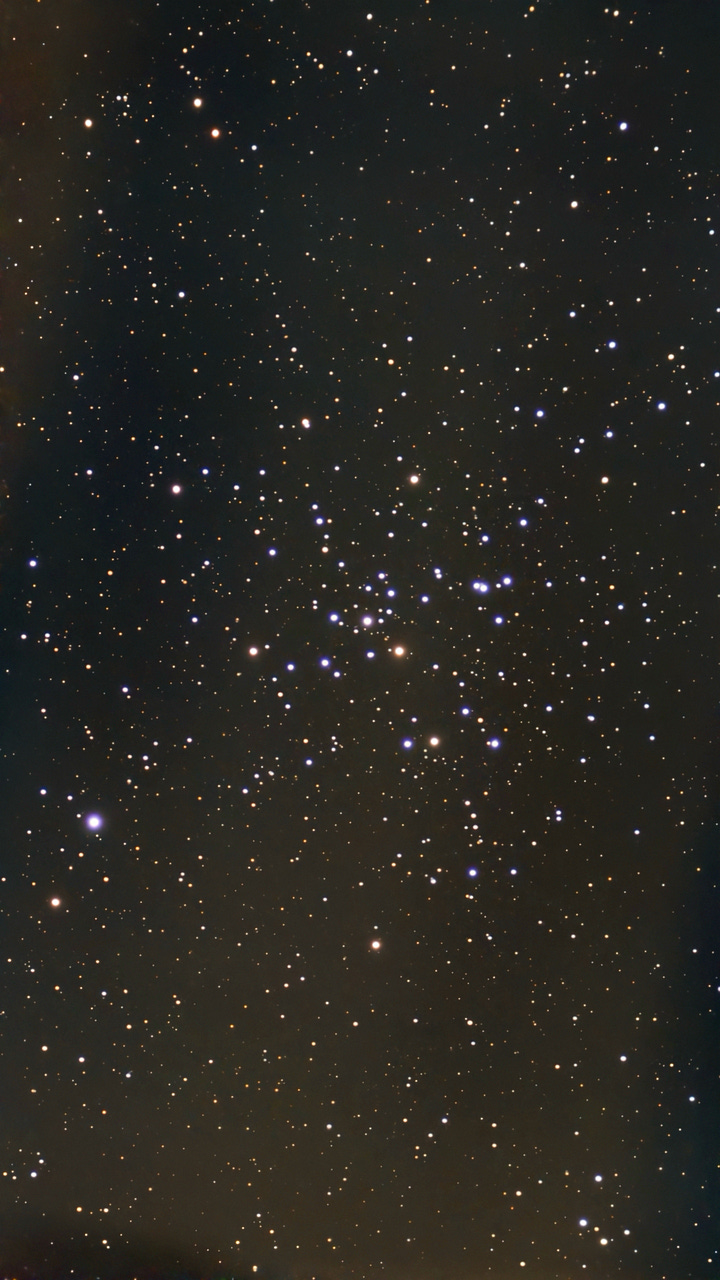
1. M41 Little Beehive Cluster
Type: open cluster
Constellation: Canis Major
With around half of Messier’s Catalog devoted to star formations like the looser open clusters, as well as big dense globular clusters (which can contain over a million stars), the charming open Beehive Cluster seems like a great place to start our marathon. You’ll find it near Sirius, the brightest star in the night sky.
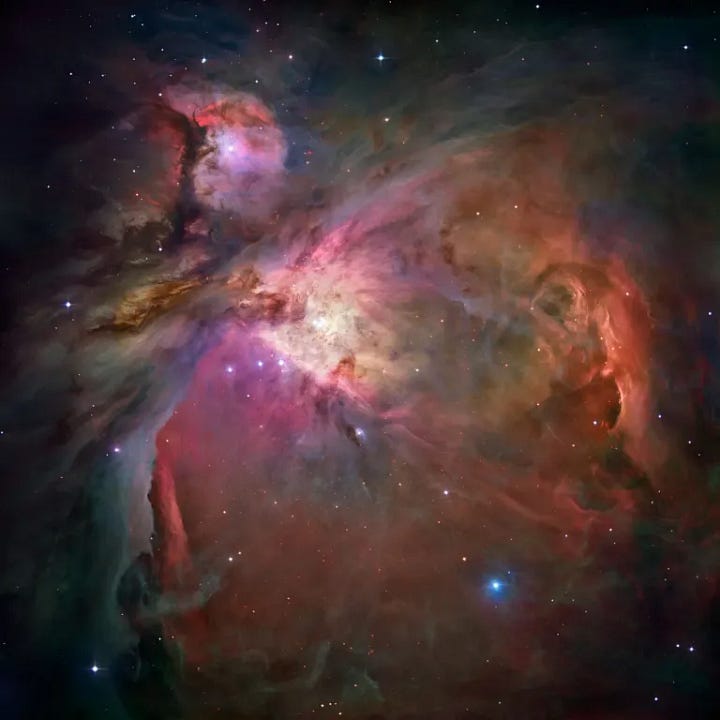
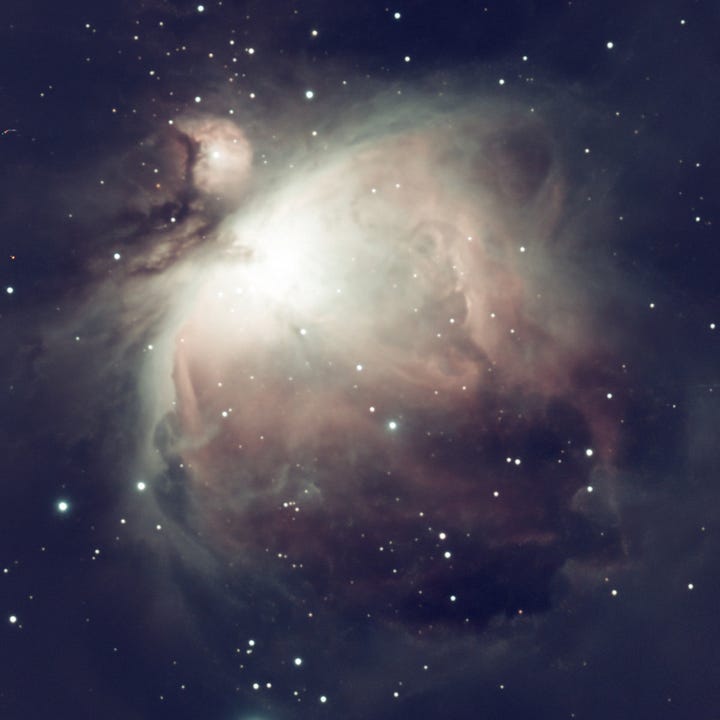
2. M42 Great Orion Nebula & 3. M43 De Mairan's Nebula
Type: emission nebulae
Constellation: Orion
One of the most popular targets for amateur astronomers and the object of the very first nebula photograph in 1880, next up we have the Orion Nebula and its companion De Mairan’s Nebula (the little half-moon shape to the upper left), the closest region to Earth where new stars are being born, at around 1300 light years away. Together they’re among the most enchanting of all night sky objects and well worth an extended visit.
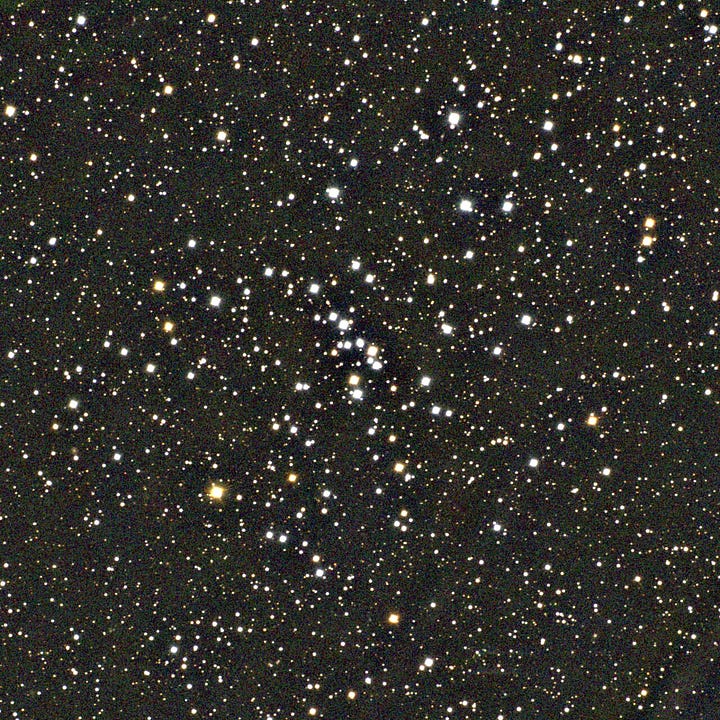
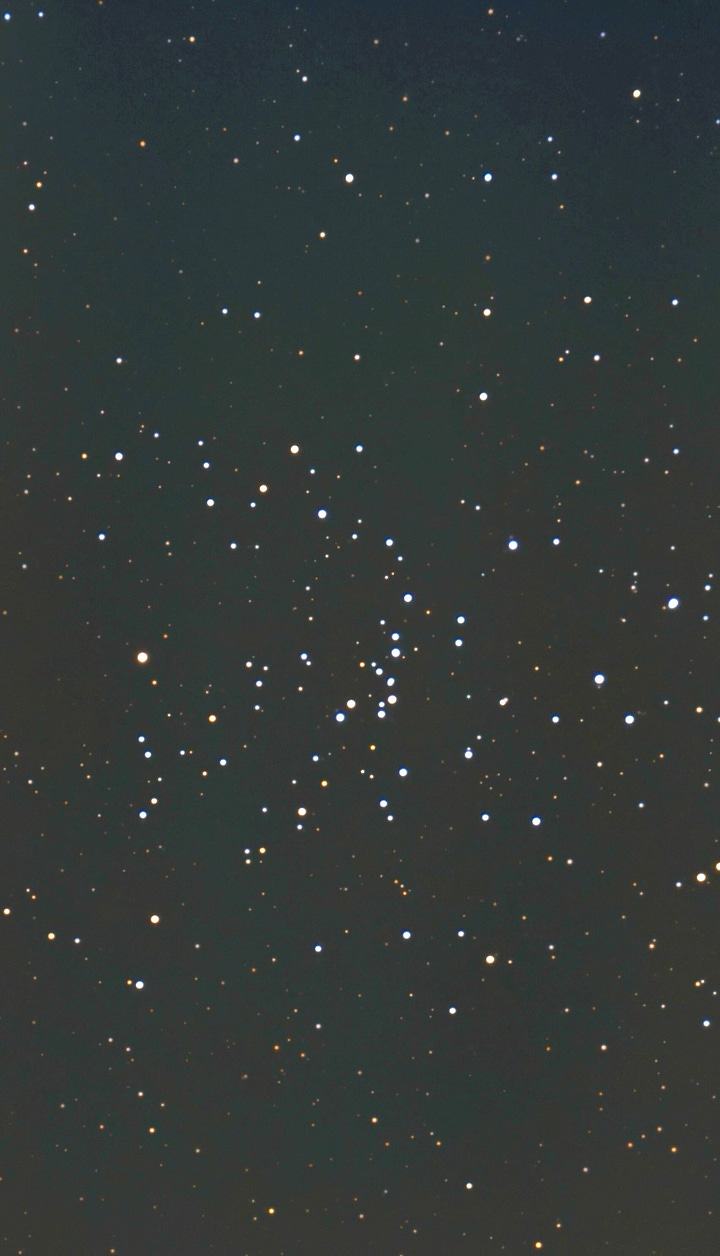
4. M48
Type: open cluster
Constellation: Hydra
Two more clusters come in quick succession. Situated just to the east of Orion, the otherwise nameless M48 is officially in the constellation Hydra, but it’s located quite close to another constellation, Monoceros (the Unicorn), where nearby you’ll also find…
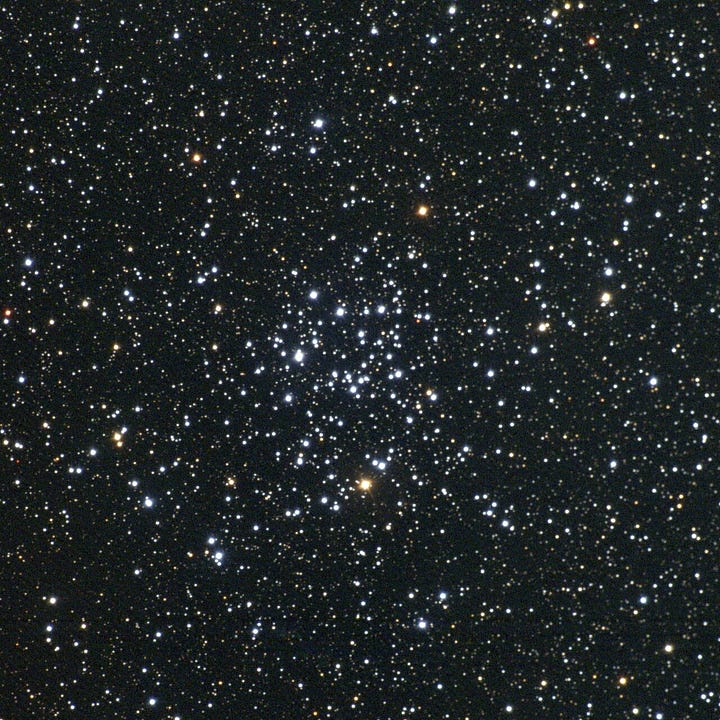
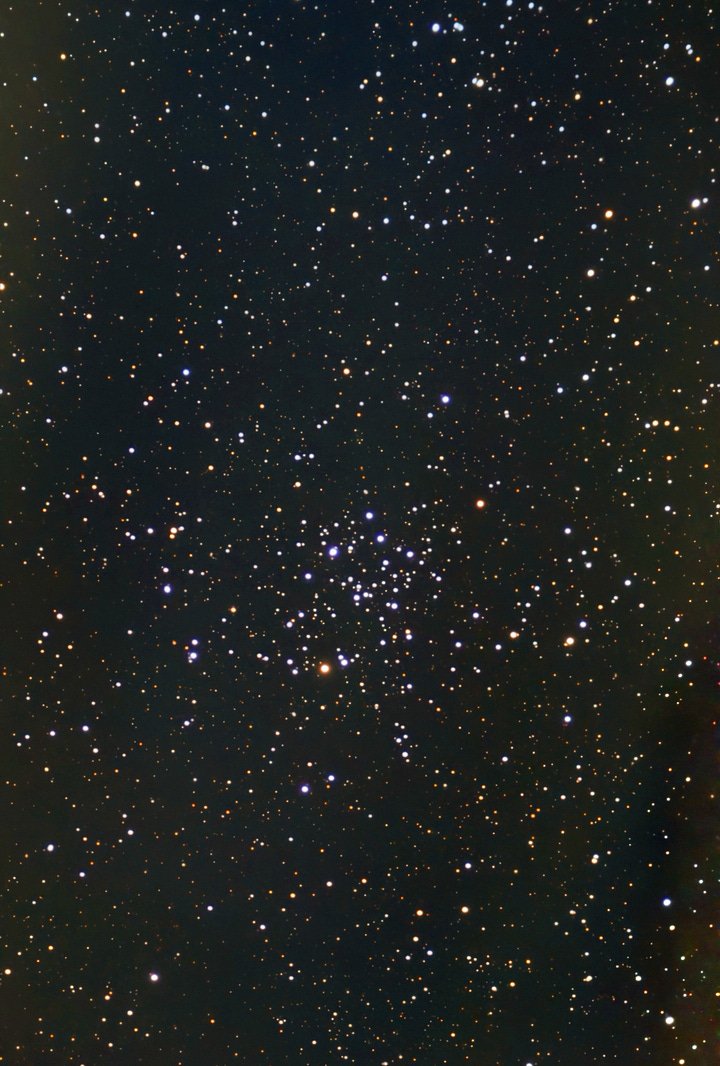
5. M50 Heart-shaped Cluster
Type: open cluster
Constellation: Monoceros (the Unicorn)
… the creatively-named Heart-shaped Cluster (I… think… I… see… it? Hmm…)
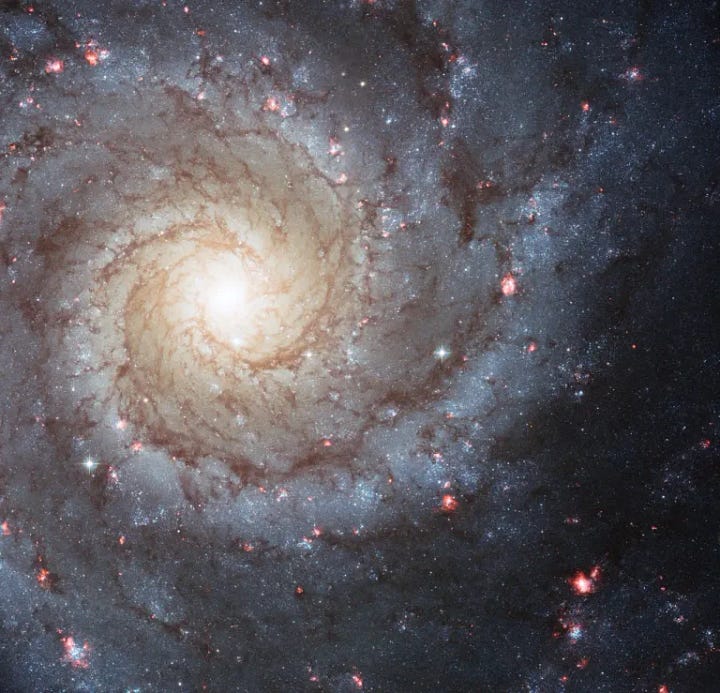

6. M74 Phantom Galaxy
Type: spiral galaxy
Constellation: Pisces
One of my personal favorites, the Phantom is just about as perfect as a spiral galaxy can get!
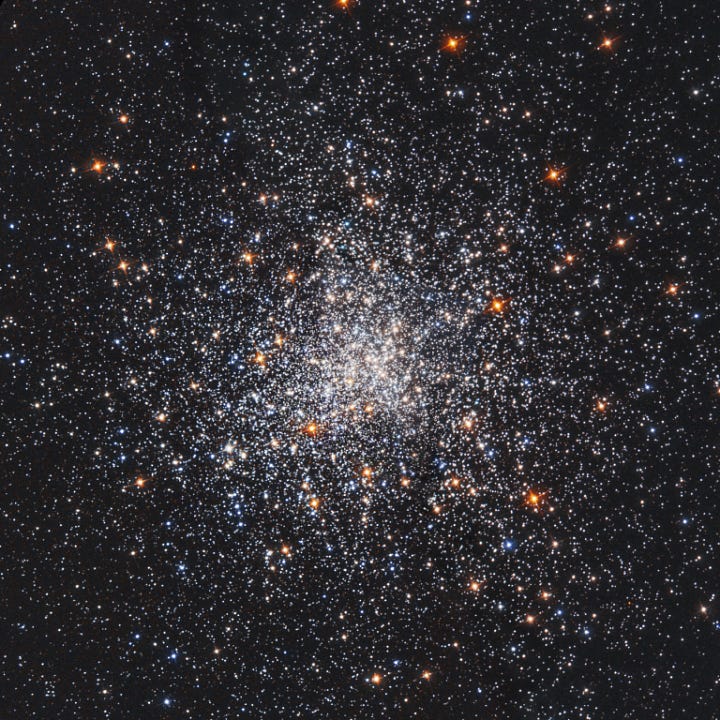
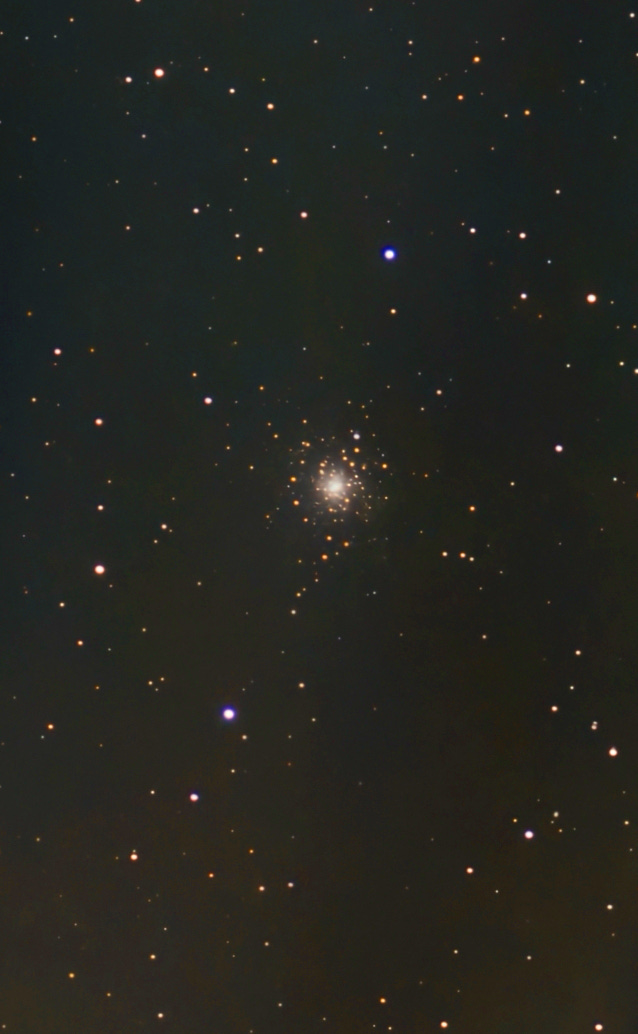
7. M79
Type: globular cluster
Constellation: Lepus
With around 150,000 stars in close proximity, M79 also features some of the oldest stars at roughly 11.7 billion years of age. It’s like a window into one of the Universe’s earliest star-forming eras!
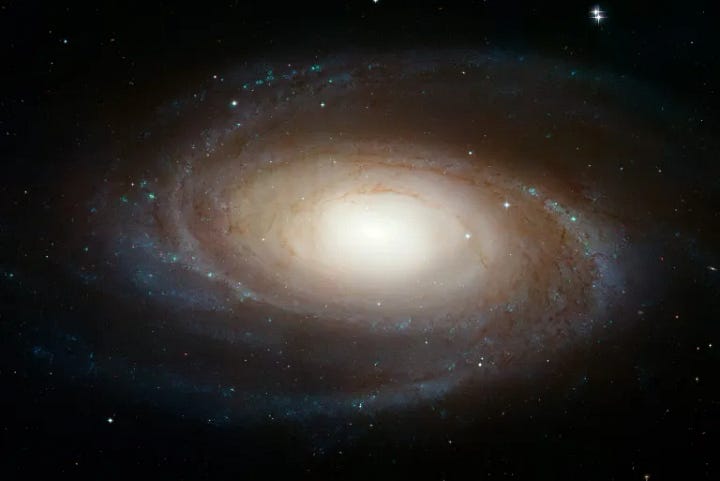

8. M81 Bode's Galaxy
Type: spiral galaxy
Constellation: Ursa Major
And lastly we round out this month with another intriguing pair of neighbors, M81 and its mate M82. I find Bode’s Galaxy endlessly fascinating. At first glance it seems like the most insubstantial bit of fluff, but the more time you spend with it the more captivating detail this grand design spiral reveals. Slowly but surely it comes into focus, rich with labyrinthine dust lanes and vast star nurseries spreading throughout its spiral arms. This one definitely deserves a good long look, from the darkest sky you can muster.
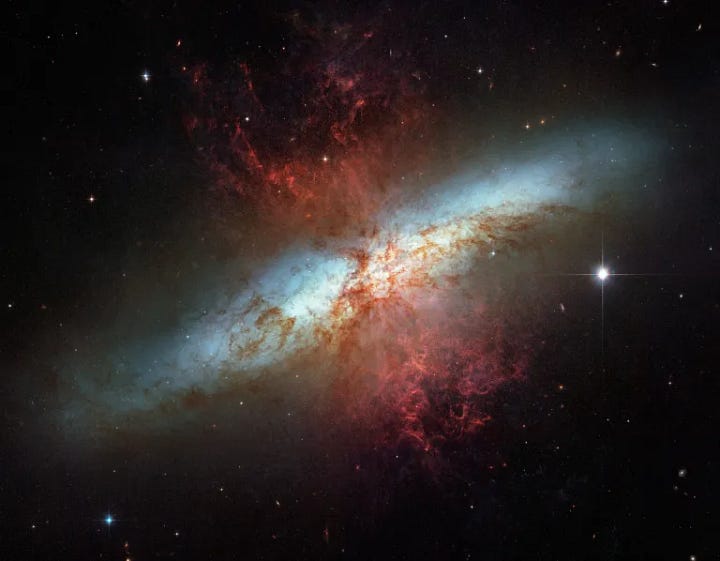
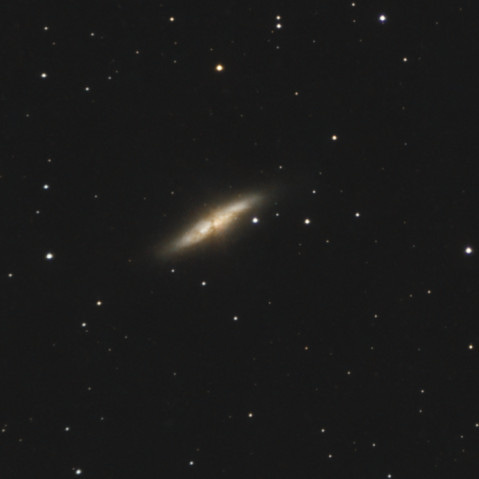
9. M82 Cigar Galaxy
Type: starburst galaxy
Constellation: Ursa Major
M82 is a partner to M81 not just visually but also in space. While the pair are situated around 12 million light-years from Earth, they dance together separated by a mere 150,000 light-years. In fact, a past close encounter with the nearby Bode’s Galaxy had a dramatic impact on the Cigar, causing it to produce new stars at roughly 10 times the rate of our own Milky Way – earning it the label ‘starburst galaxy’. This in turn generates intense stellar winds, blowing massive quantities of ionized hydrogen outward (the reddish gas you see above).
Is your marathon off to a good start? I’d love to hear how the experience has been for you so far, and if you have any stories or pictures to share! Comment below or mail me at patrick@whatimlookingat.com.
Sources
Credit for all NOIRLab images: NOIRLab/NSF/Aura (CC BY 4.0).



